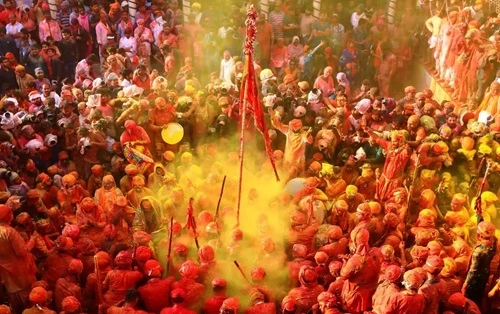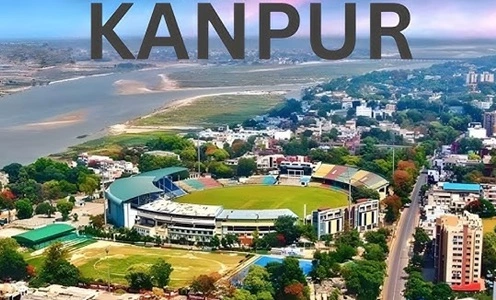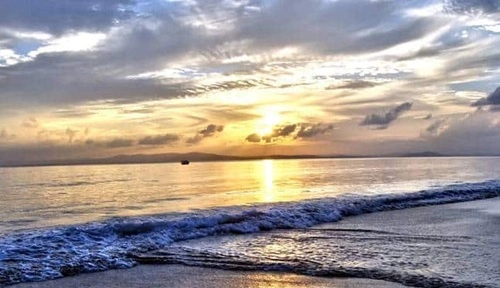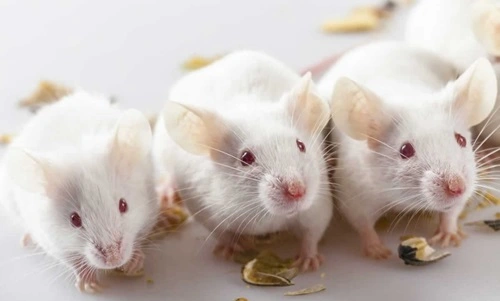Uttar Pradesh is a state rich in culture, heritage, history and tradition. It portrays the real concept for a mosaic of cultures with both diversity and unity. It is the most populous state in India, apart from being the fourth largest in terms of area. There are a number of religious places of importance, like Vrindavan, Agra, Lucknow, and Kanpur. Let’s attempt to discover some pivotal facts about Uttar Pradesh.
1. India’s Most Populous State
The state of Uttar Pradesh holds the distinction of being the heavily populated state in India, having a population beyond 200 million with 16.6 percent of the country’s population. If Uttar Pradesh to be considered as a nation by itself, it would be the sixth most populous country in the world.
2. Ranks top in the tourism
UP is an ancient state with a lot of architectural and UNESCO World Heritage Sites, including the Taj Mahal one among the Seven Wonders of the World. It is the symbol of love known for its stunning architecture and historical importance. Some of the major tourist places are the Agra Fort, Fatehpur Sikri, the Ghats of Varanasi, Sarnath Jain Temple, Ram Janmabhoomi in Ayodhya, Mathura, Prem Mandir in Vrindavan, the tomb of Khusrau Mirza in Khusro Bagh of Allahabad, Bara, and Chhota Imambara.
3. India’s First CCTV City
An incredible fact about Lucknow, located in Uttar Pradesh, is it the first city in India that has implemented comprehensive CCTV surveillance in its whole. What’s more, Lucknow is hugely covered, with about 3,500 CCTV cameras installed in the city.
4. Ranking fourth in Nation’s Economy
Uttar Pradesh is known for the high-end economy, and it is also recognized as the Economic Powerhouse in India. The economy of this state was of $225 billion in 2016, which puts it in fourth in the ranking. Moreover, the state ranks second after Maharashtra in purchasing power parity. The agriculture and service sectors are the prime factors upon which this economic league rest.
5. Sharing borders with nine states
Uttar Pradesh shares boundaries with as many as nine states in India and also has an international boundary with Nepal. The state falls between Uttarakhand and Himachal Pradesh to the northwest, Delhi, Haryana, and Rajasthan to the west, Madhya Pradesh towards the south, Chhattisgarh in the southeast, and Bihar and Jharkhand in the east.
6. UP’s fields from sugarcane to chilies
Different crops are grown in different areas within the state. In the northwest, there are crops like sugarcane, rice, maize, and cotton, while in the southwest, there is wheat, rice, fruits, and oilseeds. On the other hand, wheat, rice, and chilies are grown in eastern Uttar Pradesh. More importantly, it is tagged as India’s “Sugarcane Bowl” because it produces a considerable amount of sugarcane.
7. Kumbh Mela
Kumbh Mela is celebrated every 12 years at the union of the rivers Ganges, Yamuna, and the mythic Saraswati rivers in the city of Prayagraj, Uttar Pradesh. This is a combination of faith, community, and river-centered rituals. It makes up the largest Hindu festival and occurs in four places namely Ujjain, Allahabad, Haridwar, and Nashik. It also hosts the largest human gathering in the world and is one of the biggest employers in the country.
8. Origin of Divinity
The Kingdom of Kosala was one of the 16 Mahajanapadas, located in the present boundaries of Uttar Pradesh, with its capital at Ayodhya, which is believed to be the birthplace of Lord Rama. Mathura is another Mahajanpada located in the present boundaries of Uttar Pradesh and believed to be the birthplace of Lord Krishna of Mahabharata.
9. Source of Legendary Artists
Uttar Pradesh is the birthplace of several luminaries like Naushad Ali, Begum Akhtar, Talat Mehmood, Anup Jalota, Baba Sehgal, Bismillah Khan, Shubha Mudgal, Ravi Shankar, Amitabh Bachchan, Vikash Maharaj, Kishan Maharaj, Hari Prasad Chaurasia, Siddheshwari Devi, and Girija Devi.
10. Holi in Barsana

Celebrating Holi in Barsana is different from the rest of the country. The festival starts from 15 days before Holika Dahan and lasts more than 20 to 25 days. In addition to the typical color play, Barsana is approved for its lath mar Holi, a special and unique baton-fighting celebration in parts of Mathura, Uttar Pradesh.
11. Parijaat Tree – a Divine Tree
Located in Kintoor, Uttar Pradesh, the Parijaat tree is an ancient tree esteemed and considered to be of divine origin. Tied to Hindu mythology, the Parijaat tree is said to have been brought to earth from heaven by Lord Krishna. It is known for its flowers that change colors. The non-flowering tree has sacred significance for the nearby community.
12. Historical Impact
Some of the most important empires such as Magadh, Maurya, and Mughal empires, had Uttar Pradesh as their cradle.



